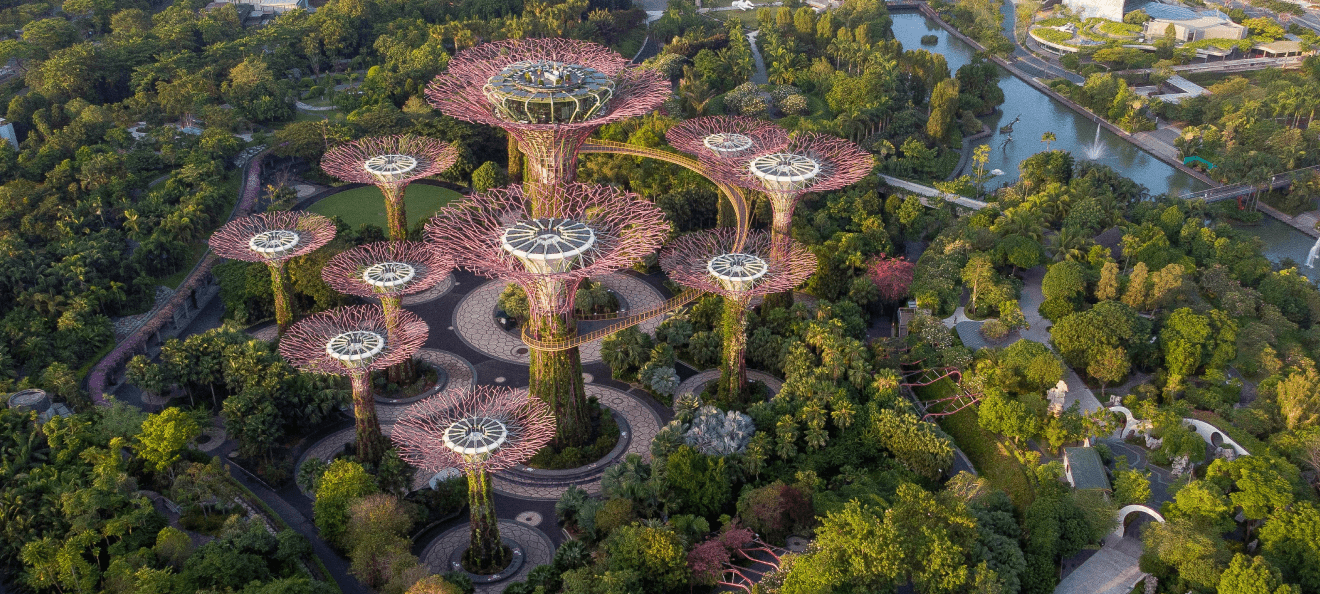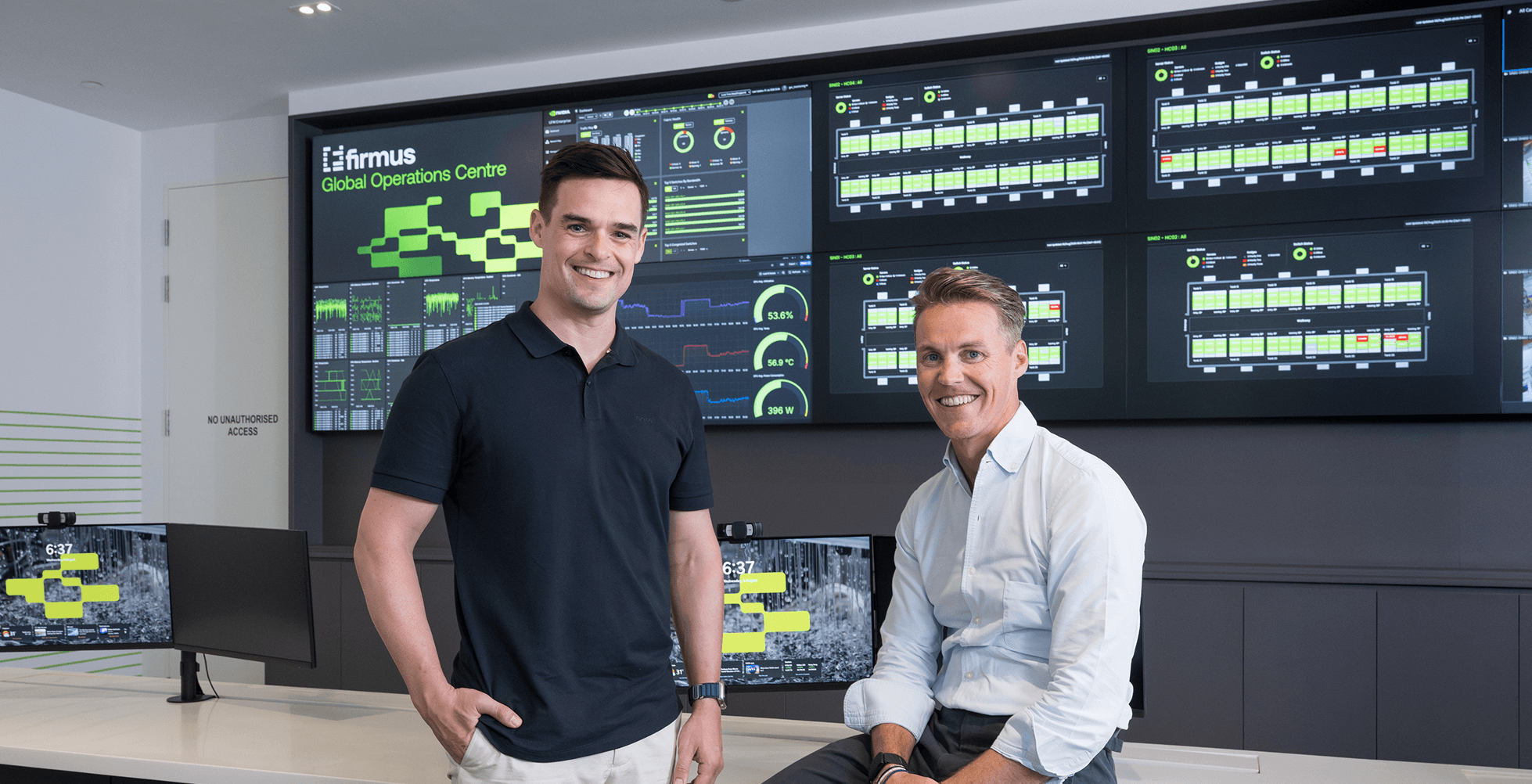October, 2024 | News
Understanding Singapore’s Green Data Centre Roadmap
Data centre sustainability is a global challenge. Released in May, the Green Data Centre Roadmap by Singapore’s Infocomm Media Development Authority (IMDA) presents a distinctive approach to tackling sustainability in data centres and our technology features.

Understanding Singapore’s Green Data Centre Roadmap
Data centre sustainability is a global challenge. Released in May, the Green Data Centre Roadmap by Singapore’s Infocomm Media Development Authority (IMDA) presents a distinctive approach to tackling sustainability in data centres.
The Roadmap has attracted attention both in Singapore and abroad. It not only includes the largest allocation of data centre capacity in years but also outlines a comprehensive strategy to support the sustainable growth of data centres. This involves collaborating with data centre operators, equipment vendors, green energy solution partners, and incorporating green software techniques.
Singapore faces unique challenges due to its severe resource and carbon constraints as an island state smaller than New York City. However, it wants to turn these limitations into opportunities to innovate, creating sustainable data centres and potentially exporting this expertise around the world.
A history of sustainable data centres
Data centres are foundational for growth in today’s digital-centric world. They power our online services, support mobile apps, enable digital payments, and provide vital government services. It is no surprise that global demand for data centres has risen sharply, even before the introduction of ChatGPT and generative AI propelled demand into the stratosphere.
Throughout this time, Singapore has consistently pushed the boundaries of data centre energy efficiency and sustainability. For example, the release of the Tropical DC standard (SS 697:2023) last year was a world-first. It used empirical data to derive an environmental operating envelope optimised for energy efficiency.
In 2012, Singapore launched the Green Mark for Data Centres (GMDC) scheme, which was subsequently updated and adopted by a growing number of data centres in the region. This was followed by the Green Data Centre Standard (SS 564) in 2013, which was tailored to meet the needs of data centres in Singapore.
The years of groundwork ensured that the Green Data Centre Roadmap was not created in a vacuum. However, the challenge remains formidable. Despite its lack of renewables, Singapore’s current operational data centre capacity per capita already exceeds that of key data centre markets such as Beijing, Hong Kong, Seoul, Sydney, and Tokyo.
Without a hinterland to draw on, Singapore has reached its limits sooner than others. In that sense, this makes sustainability challenges more acute in Singapore, potentially positioning it as an ideal ground to develop and validate sustainable data centres.
An ecosystem approach
How does Singapore plan to grow its data centre sustainably with the Roadmap? For a start, the newly unveiled 300MW of additional data centre capacity – slightly over 20% of the current operational capacity in the nation, aims to incentivise the industry to accelerate energy-efficient deployments and increase the use of green energy.
Crucially, this growth will be driven by an ecosystem approach to nudge data centre operators, equipment and system vendors, end-users, and academia to work together. Rather than the traditional siloed solutions, Singapore seeks to align mutual interests to achieve greater improvements across the board.
The key pillars include designing and operating energy-efficient data centres, delivering green energy sources, and deploying energy-efficient IT solutions through efficient hardware and software stacks. Also mentioned is engaging end-user customers and tackling IT workloads.
In addition, data centre operators are also encouraged to innovate by partnering with academia. This might focus on areas such as advanced cooling technologies, implementing green computing, or accessing low-carbon energy sources.
An energy-efficient approach to cooling
Another crucial area where data centre operators can significantly enhance the energy efficiency of their facilities is by improving the efficiency of their Mechanical and Electrical (M&E) systems. As outlined in the Roadmap, this can be achieved by upgrading M&E equipment or by applying Tropical data centre methodology, which involves safely raising the data centre’s operating temperature.
Optimising cooling through liquid cooling is another effective approach. This can be accomplished using rear door heat exchangers, direct-to-chip cooling, or immersion cooling. This is especially important as rack density exceeds 20kW, as noted by the Roadmap.
According to the IMDA: “With the adoption of liquid cooling, data centres can transit from 100% air cooling to a hybrid model encompassing both air and liquid-cooled solutions. Data centres can create zones within the data halls based on rack densities and provision the most efficient cooling accordingly, based on the chips/workloads deployed.”
Indeed, the Roadmap specifically highlights our Firmus Sustainable AI factories deploying Sustainable Metal Cloud as an example of an advanced immersion cooling deployment that achieves up to 50% energy savings. Currently deployed at two ST Telemedia Global Data Centres (STT GDC) data centres, the facilities achieve an unheard-of partial PUE of less than 1.02 in tropical Singapore.
Our modular, advanced immersion technology enables us to provide sustainable AI infrastructure that can be deployed in both new and existing data centres. Our focus on research and development has led us to breakthrough infrastructure solutions that support AI workloads at scale, aligning with Singapore’s vision of becoming a global leader in sustainable data center solutions.
We are not finished yet and continue to benchmark our sustainable AI cloud and it’s infrastructure against leading industry players.








